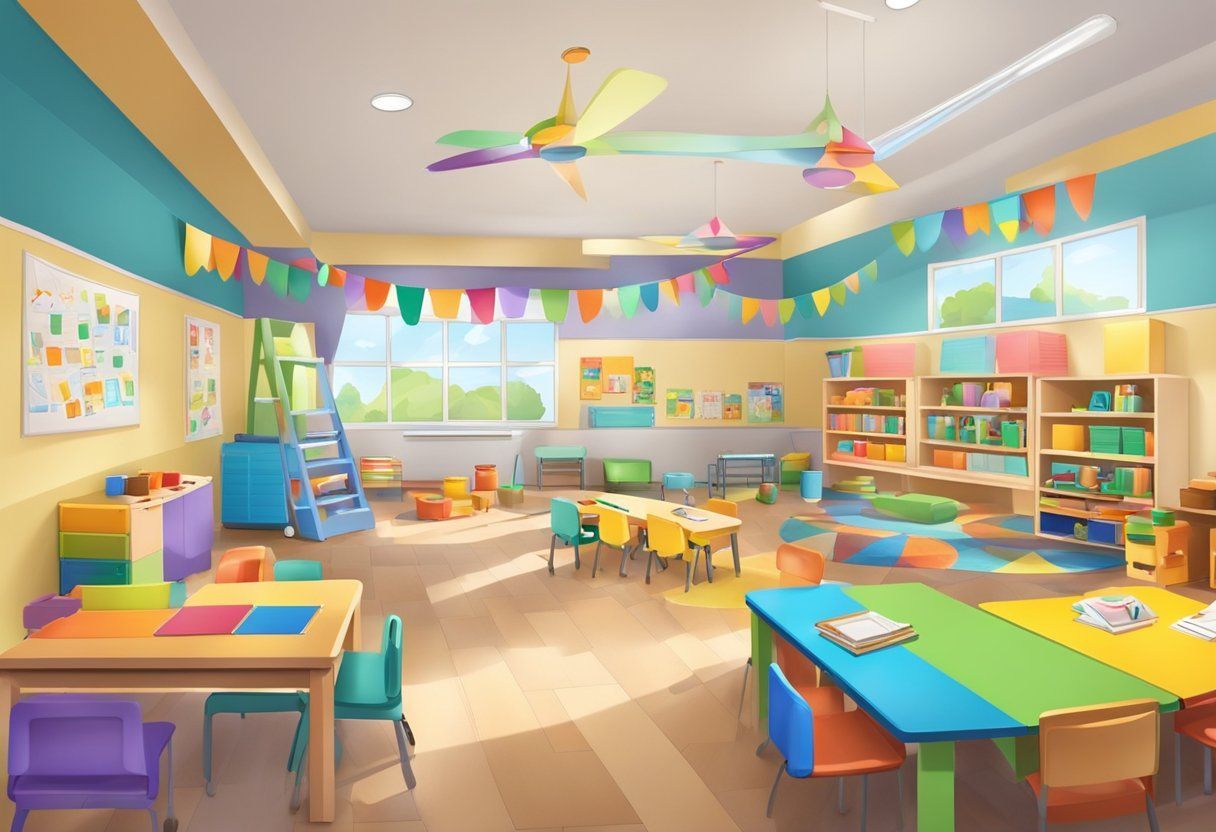BLOG
Categories
Las luchas de los adolescentes adoptados
Muchos niños adoptados parecen tener más que su parte justa de problemas cuando llegan a la adolescencia. Algunos parecen volverse contra las mismas personas que los rescataron años antes, sus padres adoptivos. ¿Por qué?
He aquí por qué. . . Así como la autoconciencia y la inseguridad crecen en la adolescencia, los niños adoptados luchan especialmente con el quién y el por qué de su adopción en este momento. Los sentimientos de abandono por parte de su madre biológica pueden sumarse a una adolescencia ya cargada emocionalmente, mientras buscan significado, pertenencia y validez en su vida. Los niños adoptados cuestionan su verdadera identidad durante la adolescencia. Para los padres adoptivos mortificados, la creciente independencia de sus hijos adolescentes puede marcar el comienzo de una profunda e impactante falta de aprecio e incluso un odio temporal hacia ellos. Entonces, la pregunta obvia de estos padres es: “¿Qué hemos hecho mal?” Mi respuesta a ellos en la mayoría de los casos es que no han hecho nada malo.
Al igual que con todos los adolescentes, los niños adoptados están tratando de encontrar su propia identidad y aceptarse a sí mismos por lo que son.
Están tratando de estar cómodos en su propia piel. Pero los adolescentes adoptados tienen la carga adicional de averiguar: “¿Por qué mi madre biológica me abandonó? ¿Cómo era ella realmente? ¿Qué estaba pasando en su vida en ese momento? ¿Quién soy realmente? ¿Había algo en mí que no podía aceptar? ¿Quiénes y dónde son los miembros biológicos de mi familia extendida? ¿Me parezco a mi papá? ¿Tengo hermanos o hermanas biológicos?” Como resultado, más de un tercio de todos los niños que tienen problemas graves de comportamiento provienen de familias adoptivas. Esto se debe a que los problemas que enfrentan los niños adoptados son poco comunes. Surgen de sentimientos profundamente arraigados de abandono, incluso cuando son criados con mucho amor y apoyo de sus padres adoptivos. Los padres deben aprender que su adolescente adoptado enfrentará un conjunto especializado de desafíos, y requiere la voluntad de aguantar allí, incluso frente al rechazo. La mayoría de los adolescentes pasan por esta fase después de unos años y salen ilesos del otro lado, si los padres se quedan con ellos y los aman incondicionalmente. A veces, el mal comportamiento puede ser una prueba subconsciente por parte del adolescente adoptado, para ver si sus nuevos padres también los abandonarán, si actúan lo suficiente.
Otras razones por las que los adolescentes adoptados luchan
Embarazos de alto riesgo
Algunos niños adoptados en el país provienen de embarazos de alto riesgo con la madre biológica que tiene problemas de adicción a las drogas o al alcohol, mala nutrición prenatal o puede haber carecido de atención médica adecuada. Estos problemas pueden no ser conocidos por la familia adoptiva, o incluso por la agencia de adopción, para el caso. Incluso si se sabe, a veces se pasa por alto o se olvida por completo una vez que el niño está en casa. El resultado de un embarazo de mayor riesgo es que el niño puede venir pre-cableado con trastorno por déficit de atención con hiperactividad (TDAH), un trastorno emocional o psicológico, o exhibir impulsividad extrema y desapego emocional. Estos efectos de un embarazo de alto riesgo generalmente no aparecen de inmediato, sino que se hacen evidentes con el tiempo y florecen durante la adolescencia.
Una persistente sensación de asombro
Los niños adoptados también luchan con la forma en que la vida podría haber sido diferente, si no hubieran sido abandonados por sus padres biológicos. Las preguntas se arremolinan en sus mentes, como: “¿Cuál se suponía que era mi nombre? ¿Qué genes transmitiré a mis propios hijos que no conozco? ¿Dónde están mis padres hoy? ¿Cómo habría sido diferente mi vida si me hubieran retenido? ¿Cómo afecta mi llegada a mi familia adoptiva a sus hijos biológicos, interrumpo a la familia solo por estar aquí?”
Ciertas celebraciones pueden desencadenar un comportamiento difícil
Si un niño adoptado está sintiendo un agudo sentido de pérdida de identidad, entonces los padres adoptivos deben entender que ciertos días festivos como el Día de la Madre, el Día del Padre, un cumpleaños o celebraciones como la dedicación de un bebé o el bautismo pueden resultar especialmente difíciles de manejar. Estos eventos pueden desencadenar arrebatos emocionales u otro comportamiento difícil.
¿Qué pueden hacer los padres adoptivos?
Tenga en cuenta que no está mal que un adolescente adoptado tenga problemas para superar estos problemas, ni los padres necesariamente han hecho nada malo para causar los problemas de comportamiento del adolescente. Así es como es la vida a veces. En cambio, los padres pueden verlo como una oportunidad para responder de una manera compasiva y desinteresada, tal como lo hicieron el día que firmaron el papeleo en la agencia de adopción y se llevaron a su hijo adoptado a casa. El solo hecho de saber que el comportamiento difícil no es raro para los niños adoptados durante su adolescencia lo ayudará a lidiar con él de la manera correcta. No te lo tomes como algo personal. No es una bofetada en la cara (aunque puede recibir una bofetada en la cara). No es una rebelión adolescente (aunque eso también podría mezclarse). Y, no es que no te aprecien o te amen. Es algo que solo ellos pueden entender completamente, y tu papel es continuar amándolos sin dejar de ser su padre. Renunciar a ese papel o tratar de “arreglar” el problema con “cosas” o evitación solo aumentará su confusión. Sobre todo, lo que su hijo adoptado necesita es estabilidad en su hogar, comprensión y tiempo para resolver estos problemas, junto con su amor y apoyo. Necesitan que permanezcas firme mientras su mundo se pone patas arriba. Tenga la seguridad de que todo se corregirá en poco tiempo.
FUENTE: https://www.rescueyouth.com/the-struggles-of-adopted-adolescents/
RECENT POSTS
Bringing and keeping families together!








